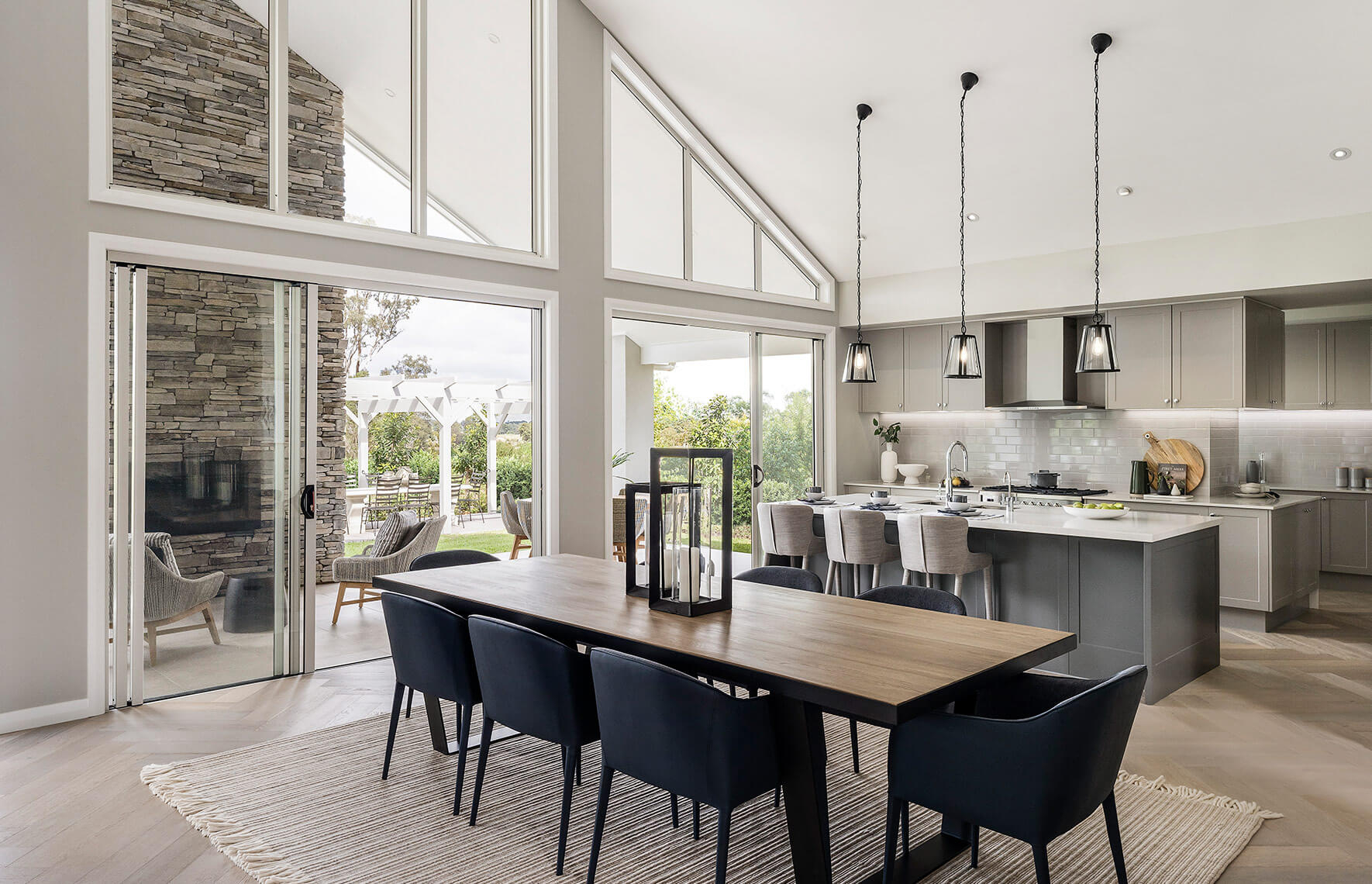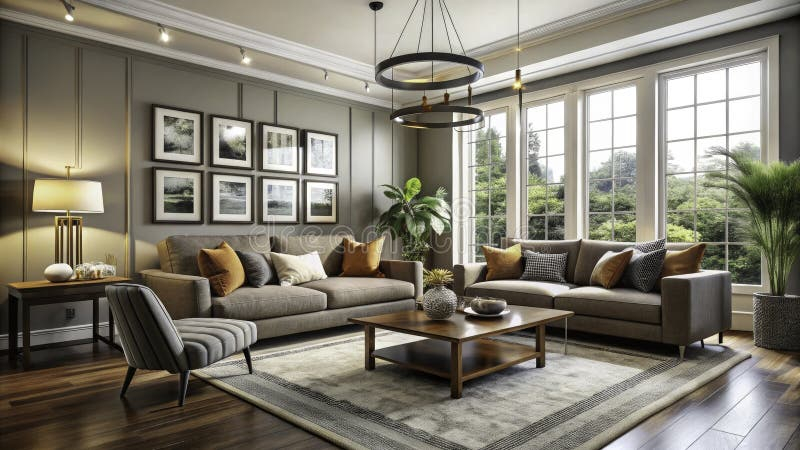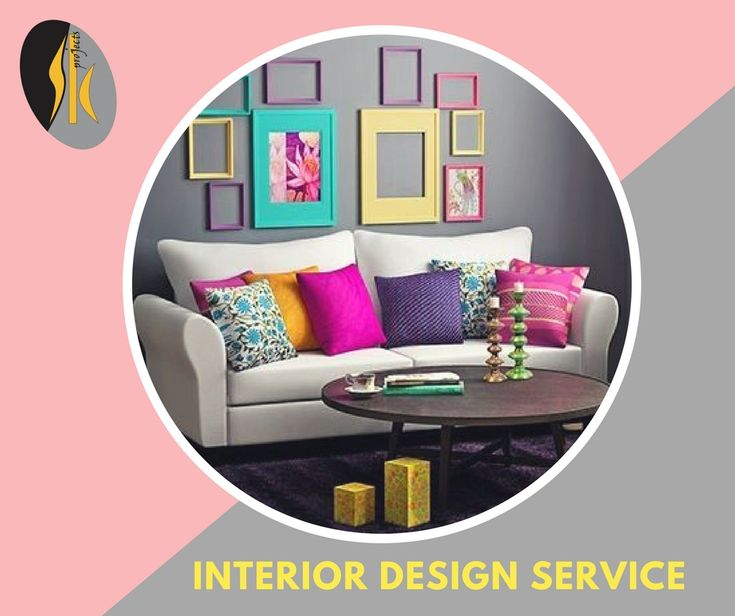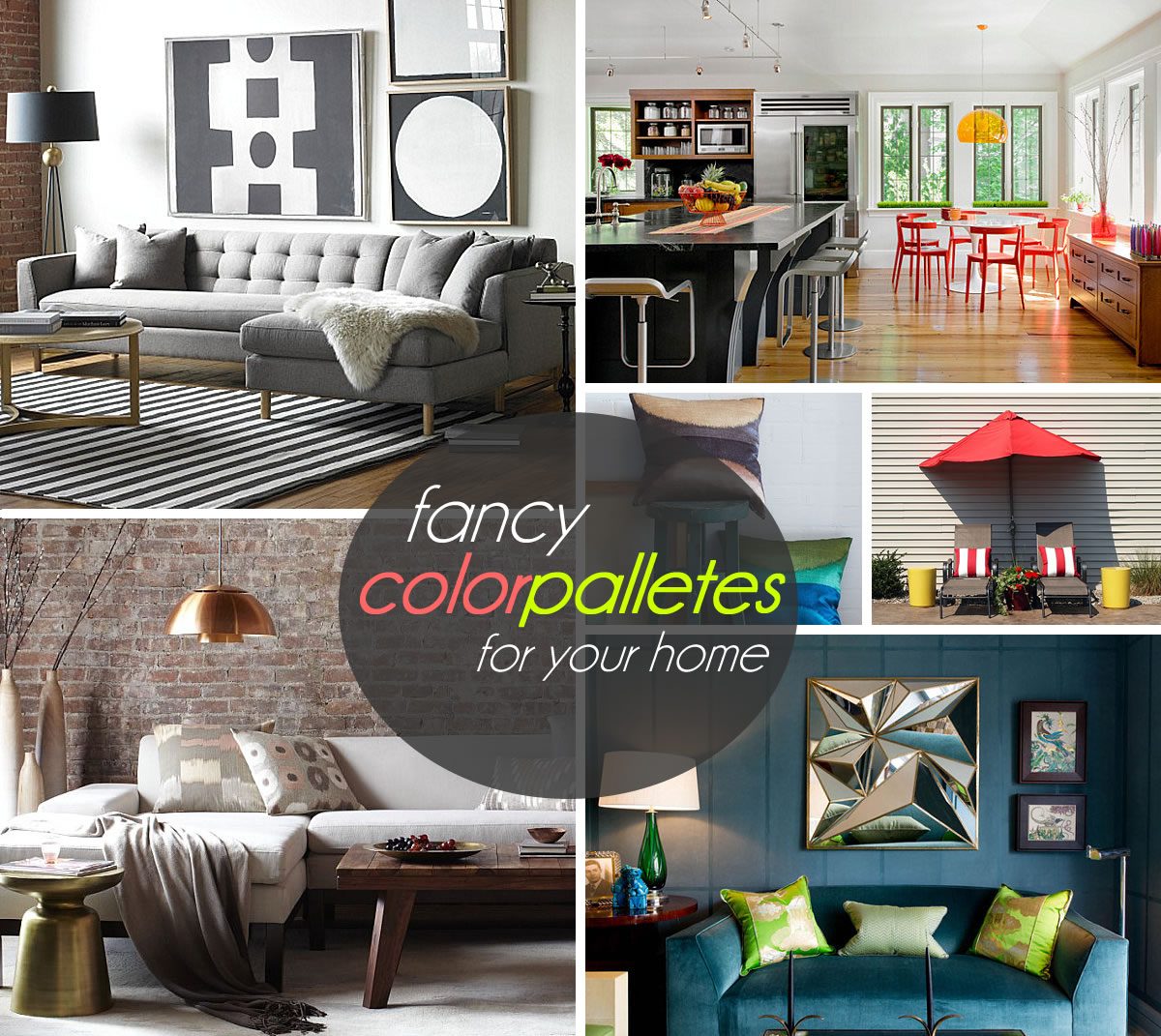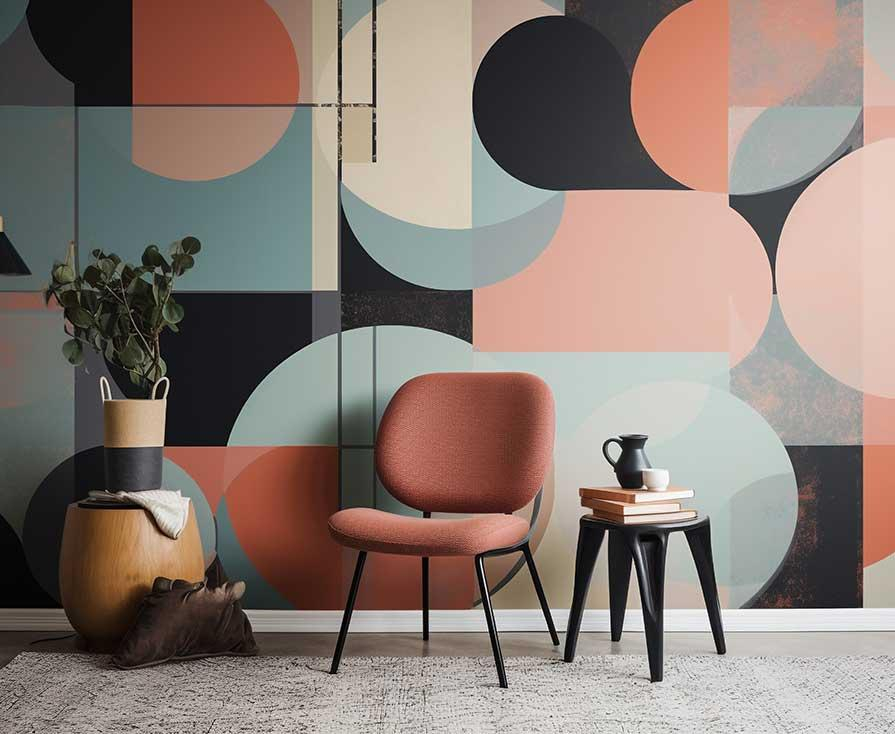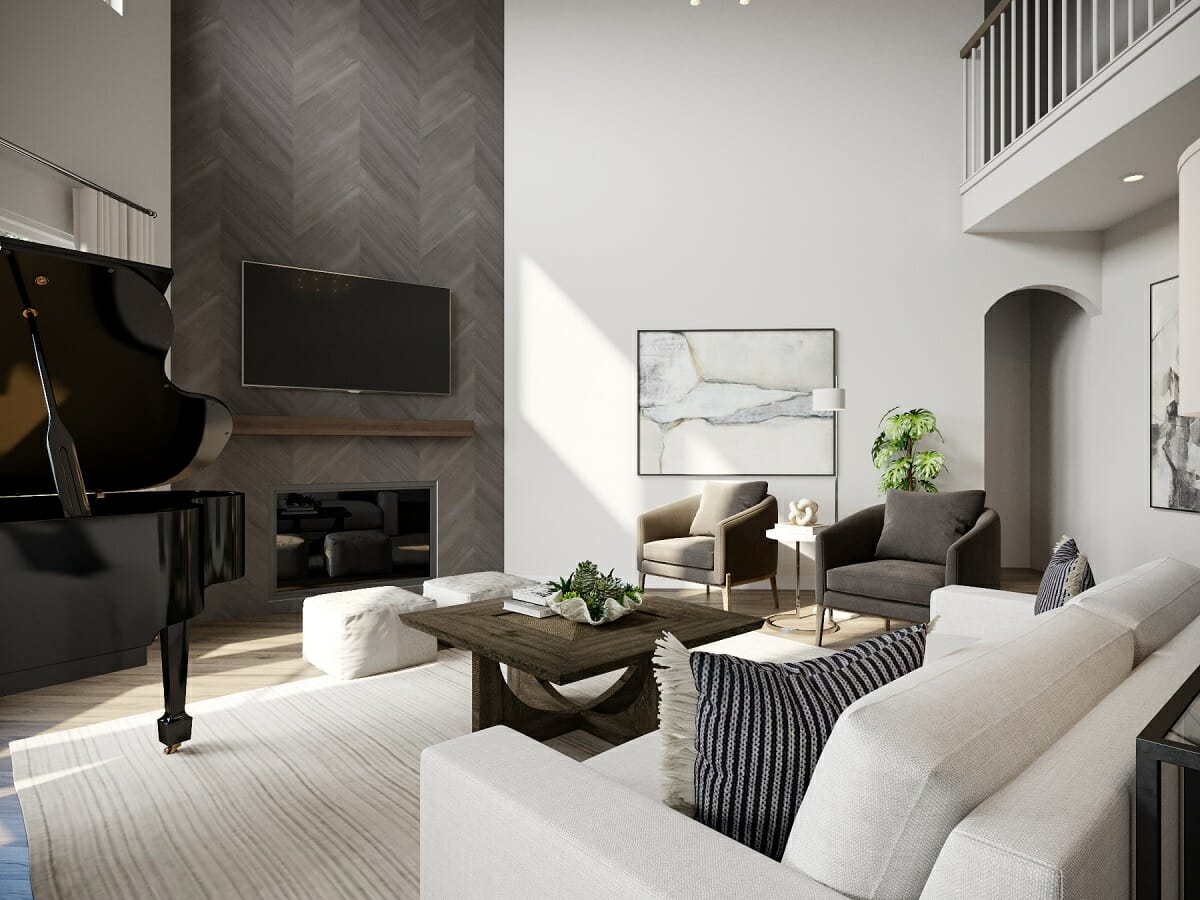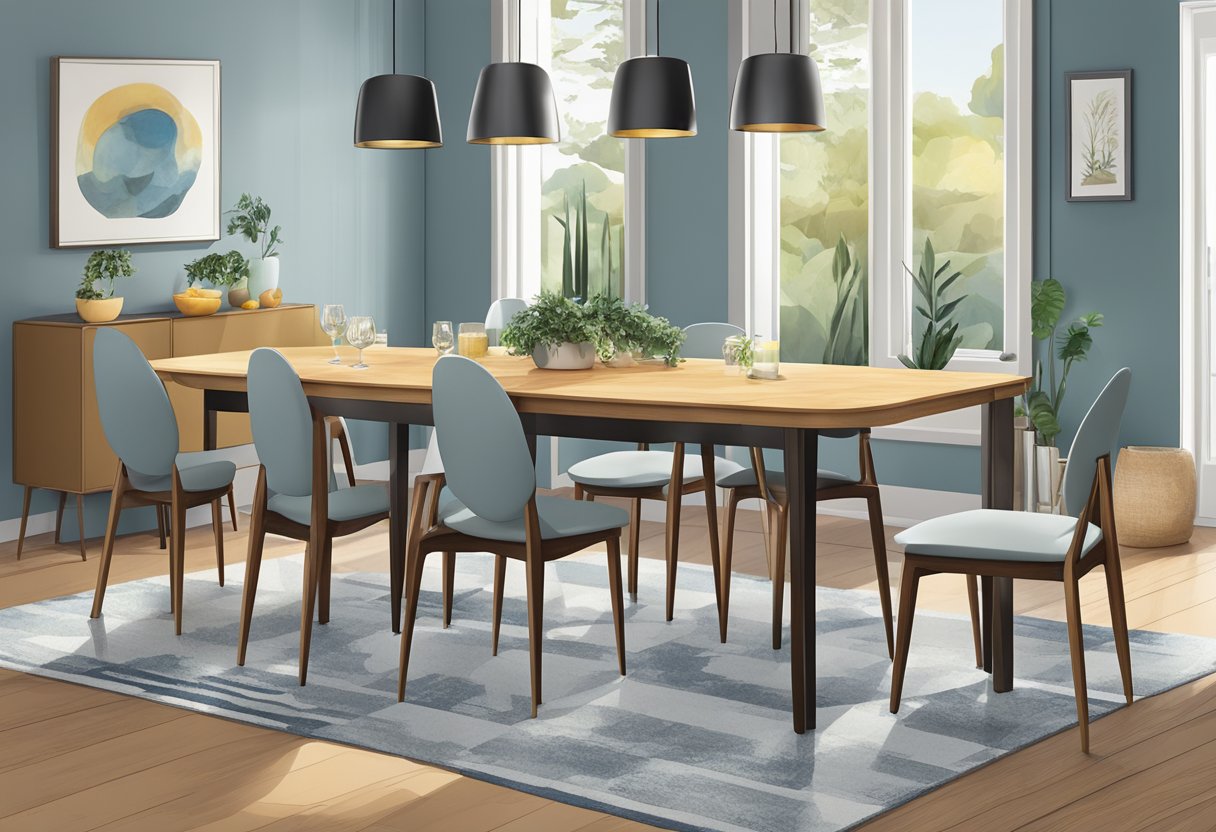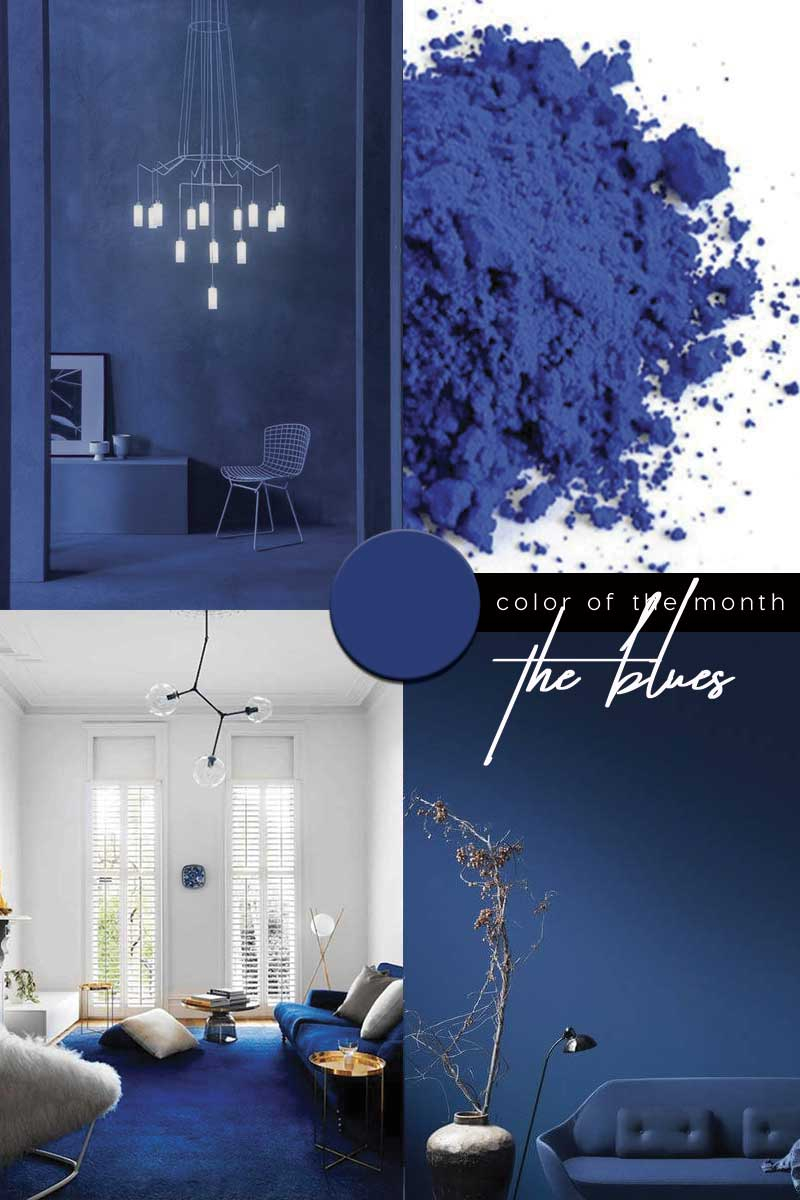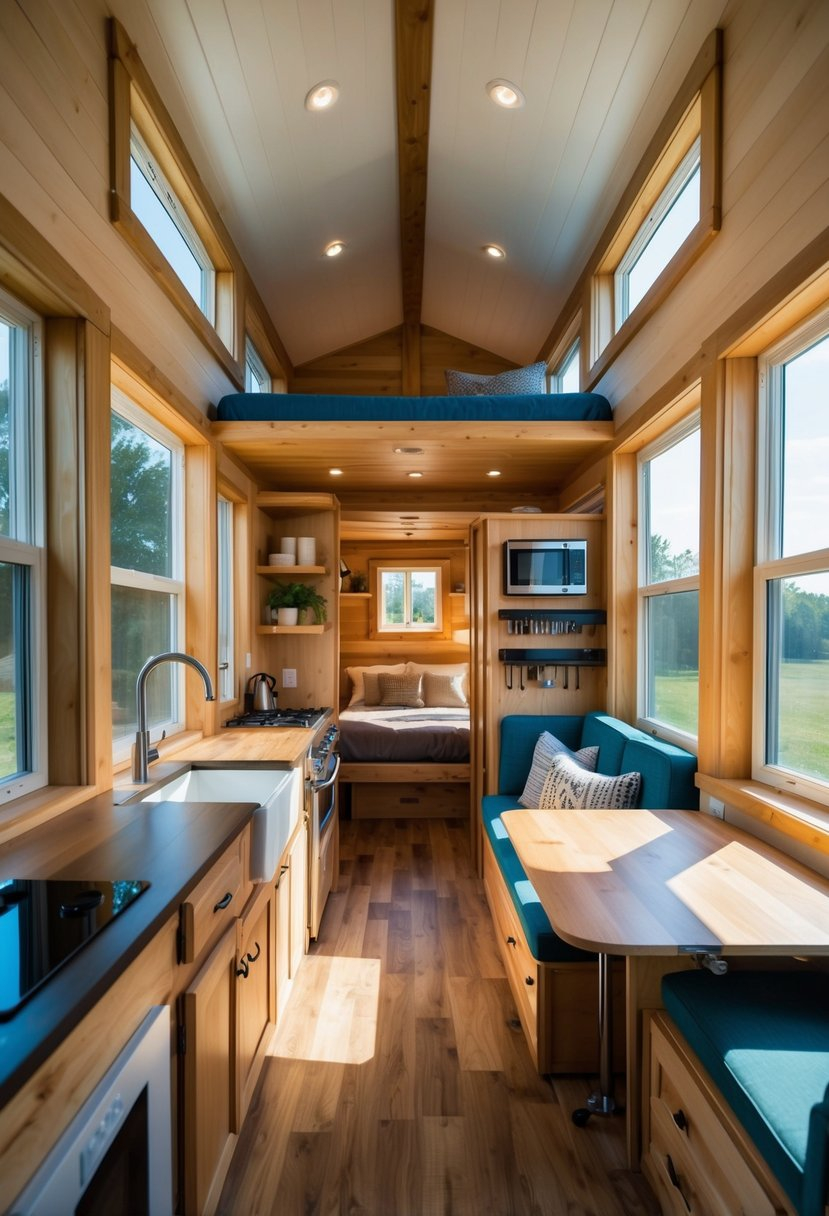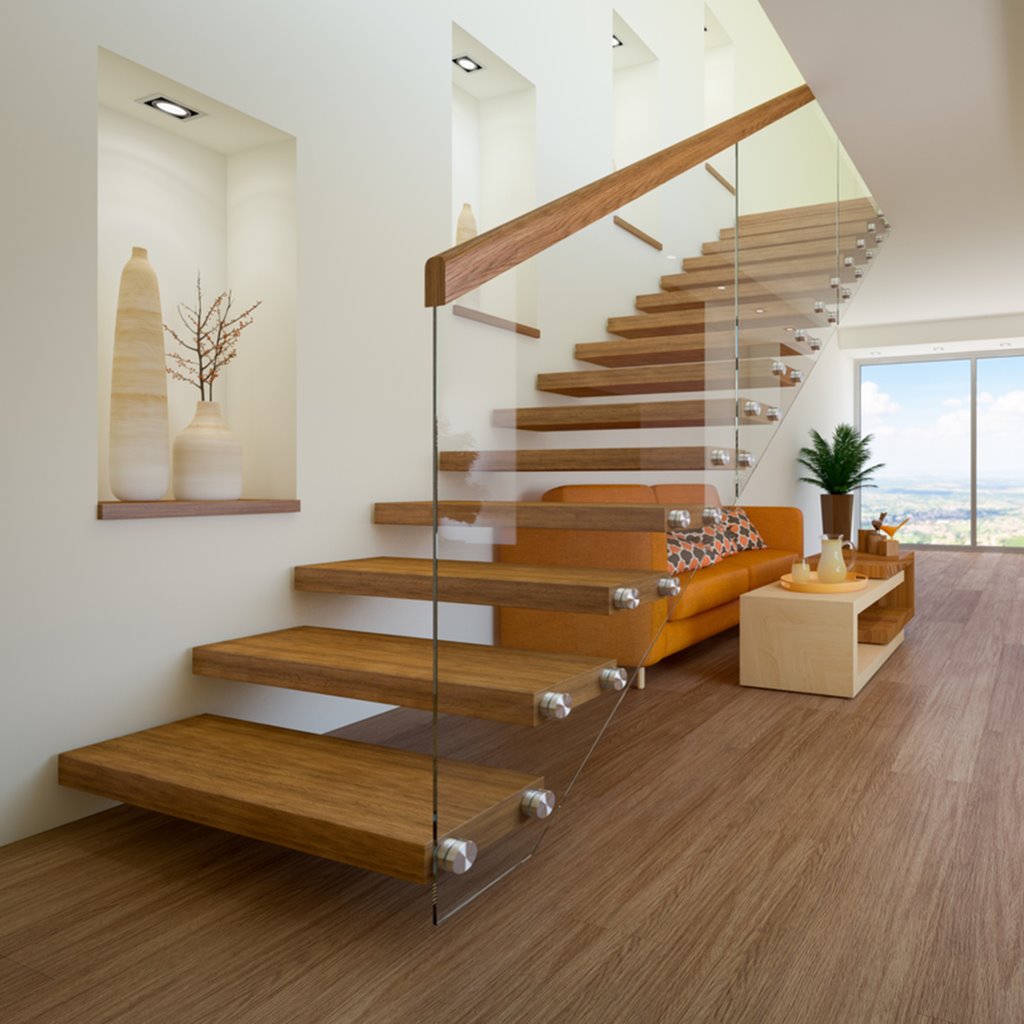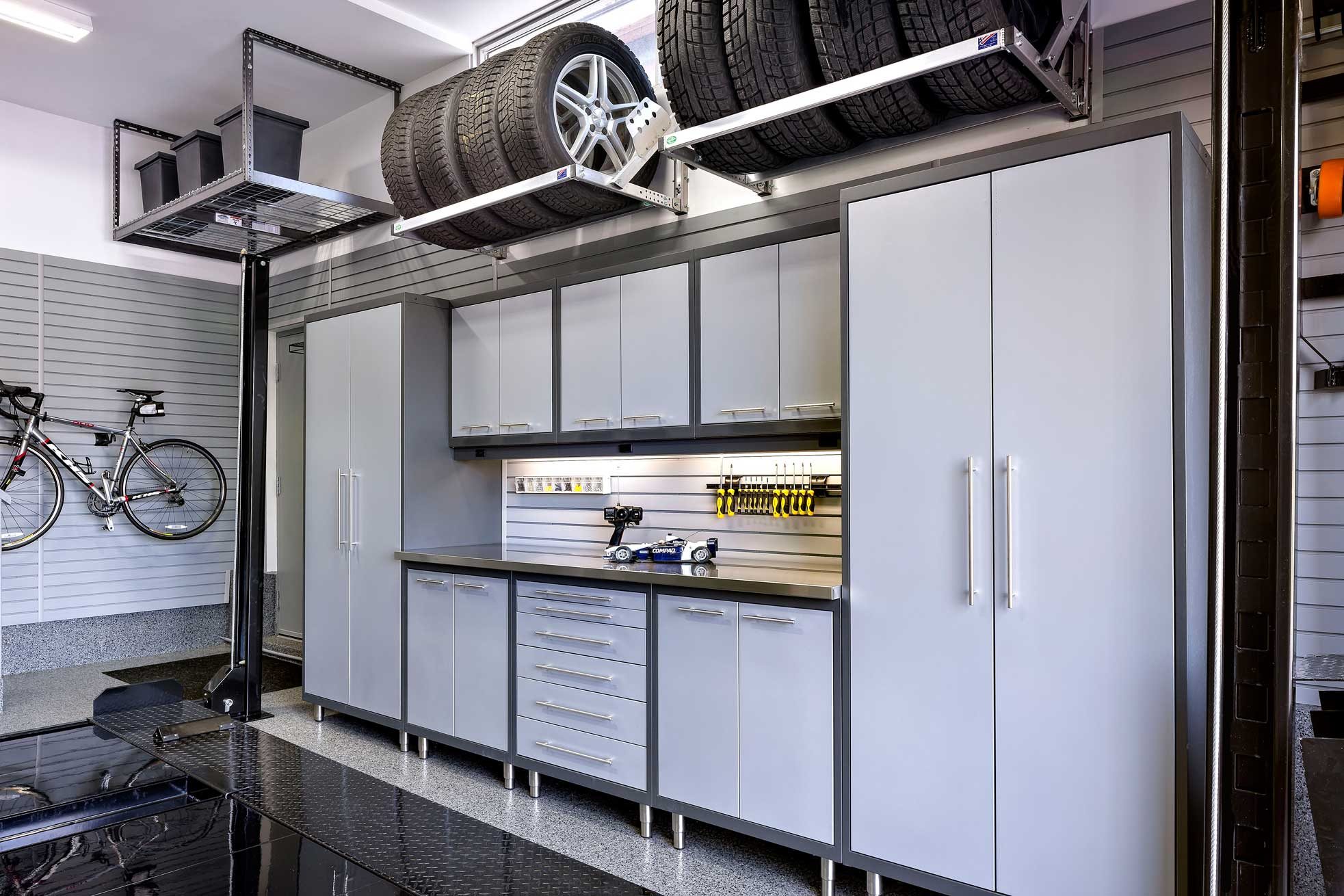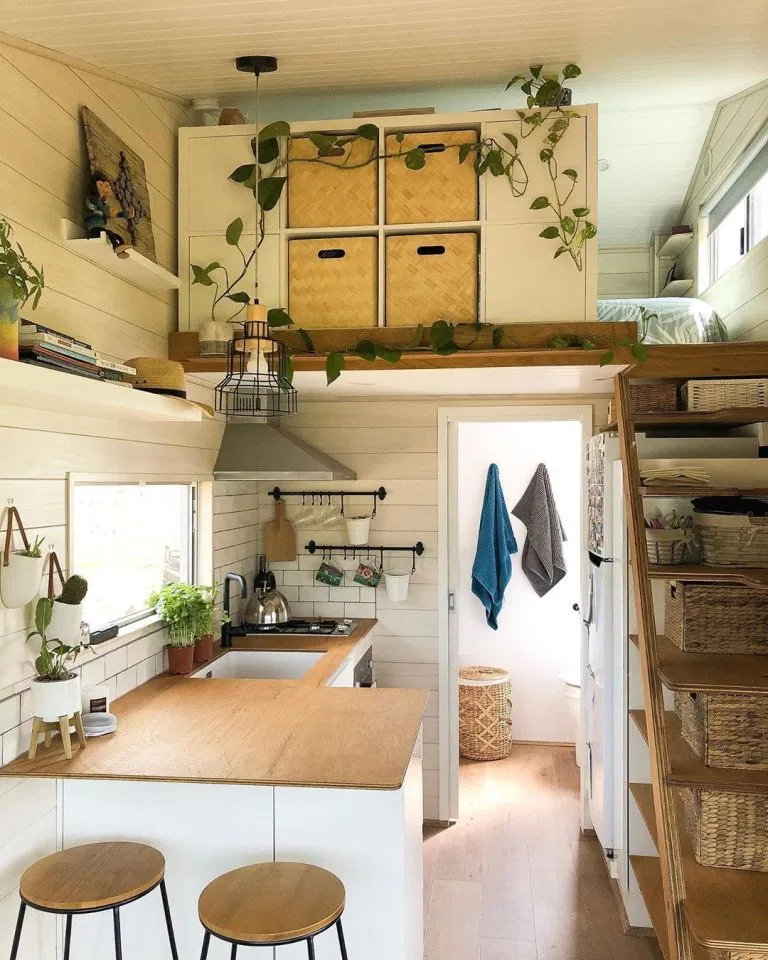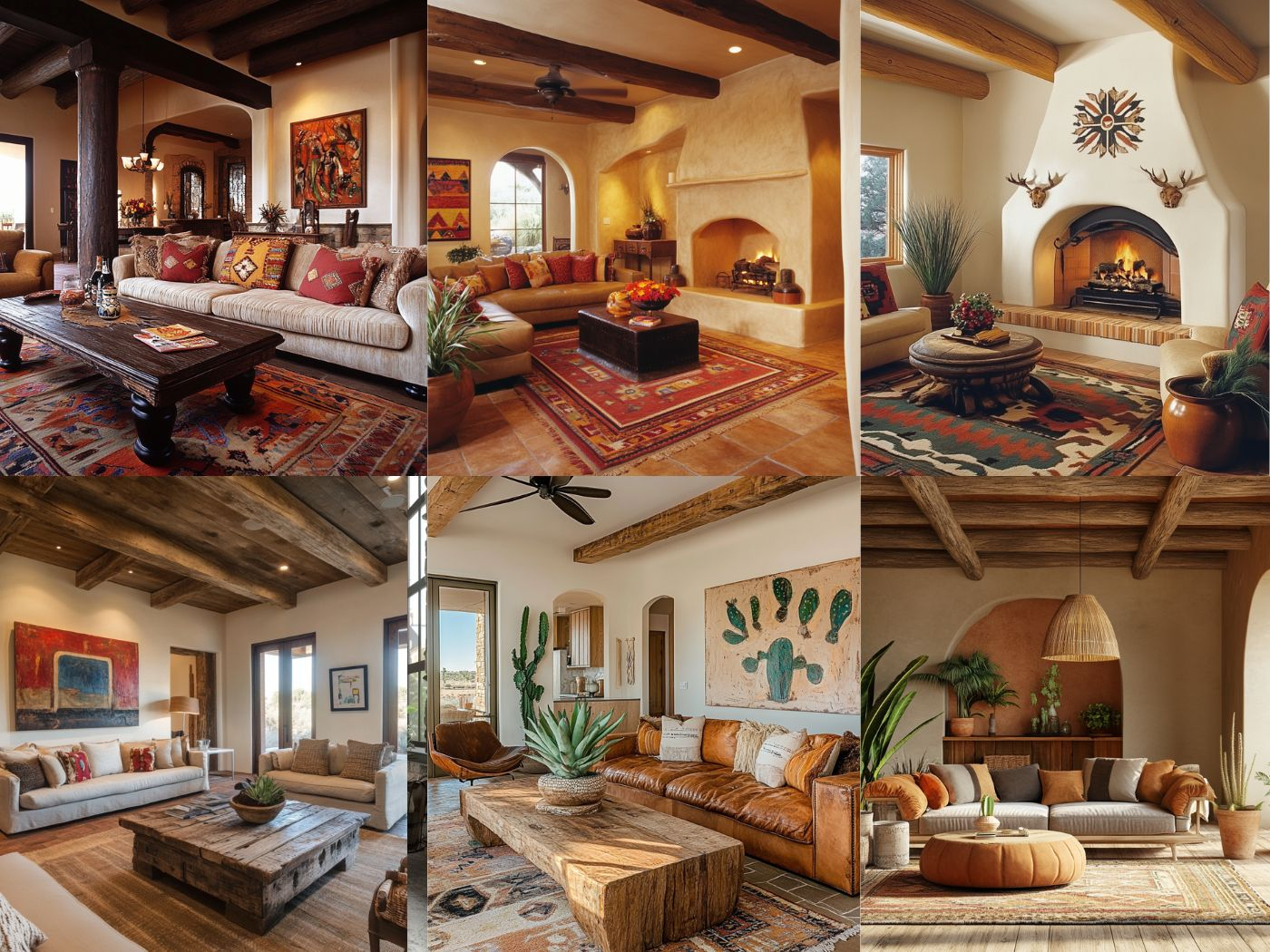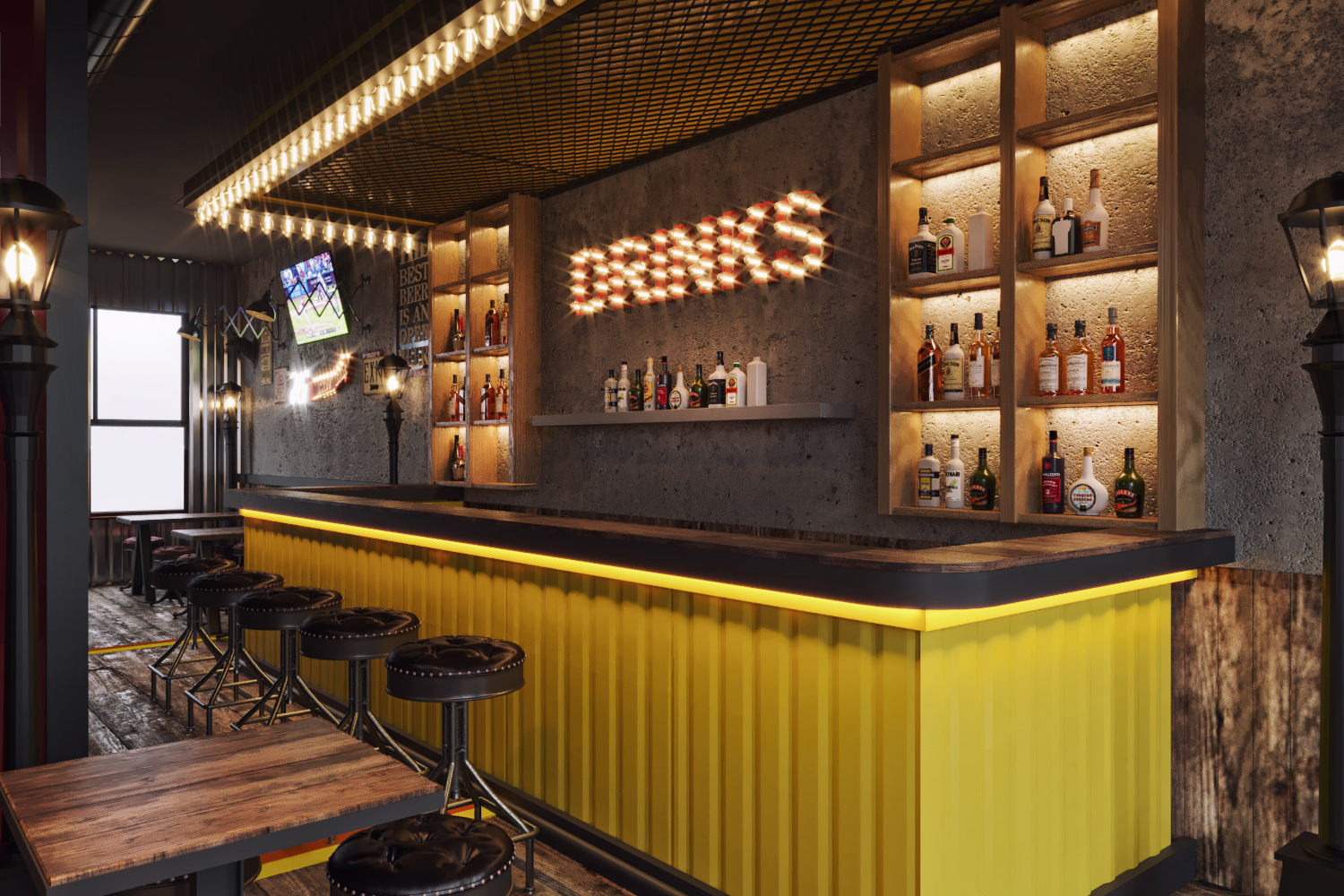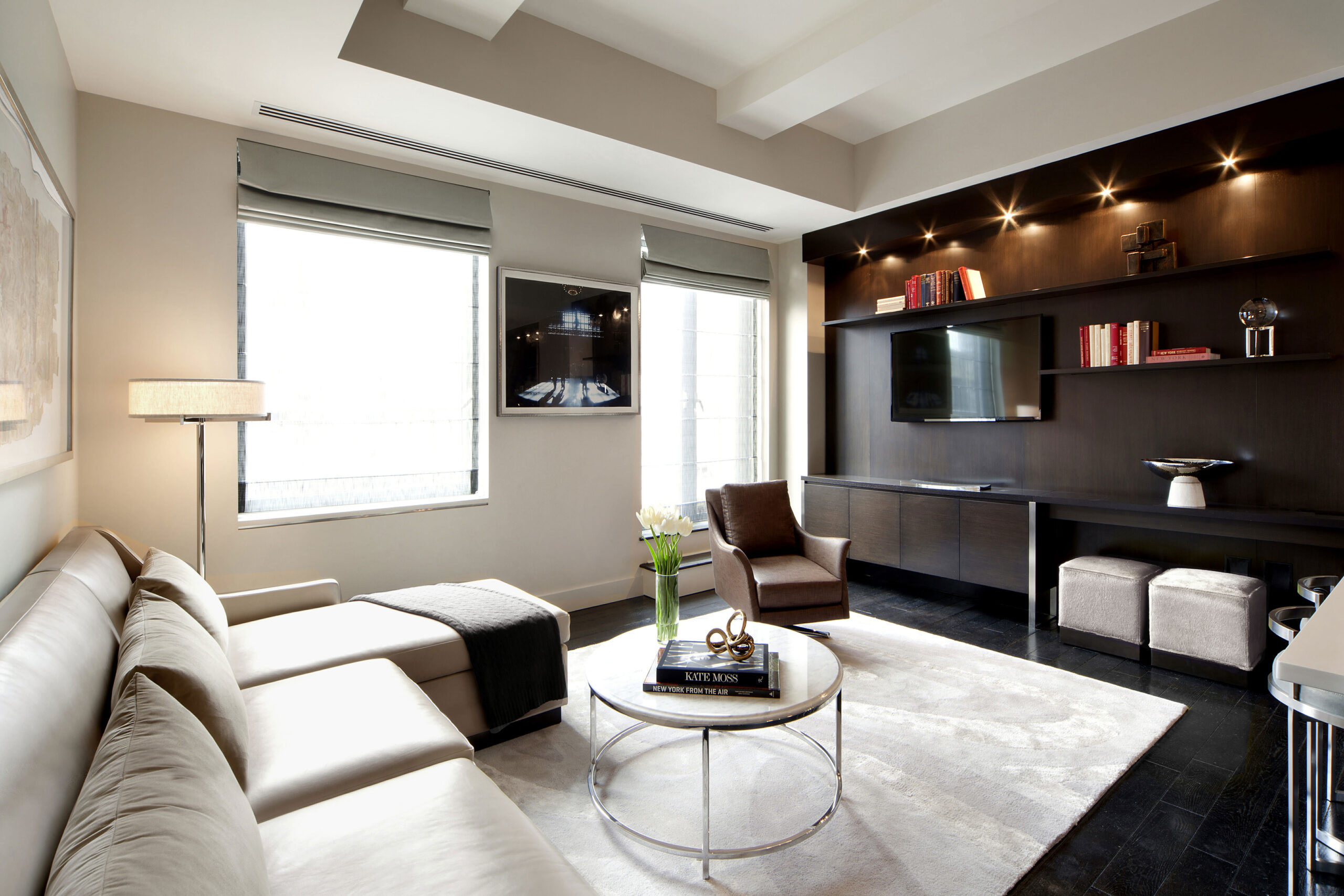Ever walk into a room and just feel… good? Like it’s perfectly balanced, inviting, and totally ‘you’? That’s the magic of thoughtful interior design. It’s not just about making things look pretty; it’s about crafting spaces that enhance your life, boost your mood, and reflect your unique personality. Ready to bring that magic into your own home? Let’s dive into some secrets that can truly transform your living space.
Your home should be your sanctuary, a place where you can relax, recharge, and feel completely at ease. But sometimes, even the most loved spaces can feel a little… off. Maybe it’s the layout, the colors, or just a general lack of cohesive style. Don’t worry, you don’t need a massive renovation or a bottomless budget to make a big impact. With a few clever interior design principles and a sprinkle of creativity, you can completely revitalize your living space. Let’s explore some of the most effective ways to do just that.
The Power of a Color Palette
Color is arguably the most potent tool in an interior designer’s arsenal. It has the ability to completely alter the mood and perception of a room. Think about it: a deep, moody blue can create a sense of calm and intimacy, while a bright, sunny yellow can feel energizing and cheerful. The trick is to establish a cohesive color palette. This doesn’t mean everything has to be the same shade. Instead, choose a dominant color, a secondary color, and then a few accent colors. These colors should work harmoniously together.
For instance, if you love a coastal vibe, you might use a soft sandy beige as your base, a calming ocean blue as your secondary, and then pops of coral or seagrass green for accents in cushions or artwork. Remember to consider the natural light in your room too. Lighter colors can make a small space feel larger and airier, while darker, richer hues can make a large room feel more cozy and contained. Don’t be afraid to experiment with paint samples on your walls before committing. It’s a small step that can save you a lot of headaches later on.
Layout and Flow: Making Your Space Work for You
A beautiful room can fall flat if the layout isn’t functional. How do you move through the space? Where do you naturally gravitate? Good interior design is all about optimizing flow and creating distinct zones for different activities. Consider the main pathways in your room. Are they clear and unobstructed? Or do you find yourself squeezing past furniture?
Think about furniture placement. Instead of pushing everything against the walls, try creating conversation areas. Pull sofas and chairs closer together to encourage interaction. For living rooms, a central coffee table can act as an anchor for seating arrangements. In dining rooms, ensure there’s enough space to pull out chairs comfortably.
Consider the scale of your furniture too. Oversized pieces can overwhelm a small room, while tiny furniture can look lost in a large space. Measure your rooms and your furniture, and visualize how everything will fit before you buy. Sometimes, simply rearranging your existing furniture can make a world of difference to how a room feels and functions.
Texture, Texture, Everywhere!
Monochromatic rooms can be chic, but without texture, they can also feel a bit flat and sterile. Texture adds depth, warmth, and visual interest. Think about incorporating a variety of materials: plush velvet sofas, chunky knit throws, smooth leather armchairs, rough-hewn wooden tables, and sleek metal accents.
Layering textures is key. A soft rug underfoot, some woven baskets for storage, and linen curtains can all contribute to a richer, more inviting atmosphere. Even in a minimalist space, you can introduce texture through materials like concrete, natural wood, or brushed metal.
Don’t forget about wall treatments. Beyond paint, consider textured wallpaper, wood paneling, or even exposed brick to add a tactile dimension. The interplay of different textures can make a room feel more dynamic and sophisticated, engaging your senses in a more profound way.
The Art of Lighting: Setting the Mood
Lighting is often an afterthought, but it’s crucial for creating ambiance and functionality. Relying solely on a single overhead light can make a room feel harsh and unwelcoming. The best approach is layered lighting, which involves combining different types of light sources.
This typically includes:
- Ambient lighting: This is your general, overall illumination. Think ceiling fixtures or recessed lighting.
- Task lighting: This is focused light for specific activities, like reading lamps next to a sofa or under-cabinet lighting in the kitchen.
- Accent lighting: This highlights features, such as artwork or architectural details, using spotlights or track lighting.
Using dimmers is also a fantastic way to control the mood. You can go from bright and functional for daily living to soft and cozy for an evening in. And don’t underestimate the power of natural light. Keep windows clear and consider sheer curtains that allow light to filter in while maintaining privacy.
Personal Touches: Making it Uniquely Yours
The most successful interiors are those that tell a story – your story. Adding personal touches is what transforms a house into a home. Displaying cherished photographs, collecting unique souvenirs from your travels, or showcasing your own artwork or crafts can inject personality and warmth into your space.
Don’t be afraid to mix and match styles. A vintage armchair can look surprisingly modern when paired with contemporary decor. The key is to curate items that you truly love and that have meaning to you.
Think about your hobbies and interests too. If you love to read, create a cozy reading nook with a comfortable chair and plenty of books. If you enjoy gardening, bring some of that greenery indoors with houseplants. These elements make your space feel authentic and lived-in.
Accessorize Wisely: The Finishing Touches
Accessories are the jewelry of your home. They tie everything together and add that final layer of polish. But it’s easy to go overboard here. The goal is to be intentional.
Consider a few key elements:
- Rugs: They define spaces and add warmth and texture.
- Cushions and Throws: These are easy ways to add color, pattern, and comfort to sofas and chairs.
- Artwork: Choose pieces that resonate with you and complement your color scheme.
- Plants: They bring life, color, and a sense of freshness to any room.
- Decorative Objects: Think vases, sculptures, or interesting bowls. Group them in odd numbers (like three or five) for a more aesthetically pleasing arrangement.
Remember the rule of ‘less is more’ when it comes to accessories. A few well-chosen pieces will have a greater impact than a cluttered collection of many. Rotate your accessories seasonally to keep your space feeling fresh and exciting.
Transforming your living space is a journey, not a destination. It’s about creating a home that not only looks good but also feels good – a place that supports your lifestyle and brings you joy. By understanding the principles of color, layout, texture, lighting, and personal expression, you have the power to craft a truly remarkable environment. Don’t be daunted. Start small, have fun with the process, and remember that your home is a reflection of you. So go ahead, experiment, and enjoy the process of making your living space the best it can possibly be.

